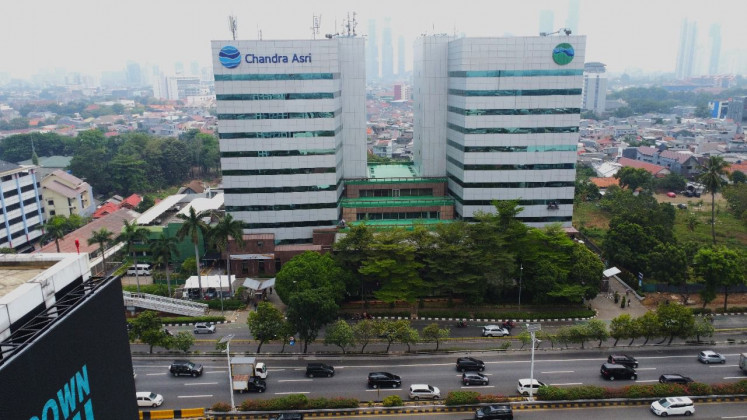Carmakers rush to put Saudi women behind wheels of their models
Change Size
 (FILES) This file image grab from a video uploaded by Saudi activists on YouTube on Oct. 17, 2013 shows a fully veiled woman driving in Riyadh ahead of a then-planned nationwide day of defiance of the ban on women driving. (Agence France-Presse/YouTube)
(FILES) This file image grab from a video uploaded by Saudi activists on YouTube on Oct. 17, 2013 shows a fully veiled woman driving in Riyadh ahead of a then-planned nationwide day of defiance of the ban on women driving. (Agence France-Presse/YouTube)
C
ar companies haven’t wasted any time courting the 9 million potential customers unlocked when Saudi Arabia lifted its ban on women drivers.
The decision has lit up social media, with both cheers and jeers for the ruling, which takes effect in June. Also joining the chorus are automakers looking to capitalize on the move, racing each other to get their first words out to woo prospective female drivers in the Middle East’s biggest economy.
In a Twitter post titled “ Welcome to the driver’s seat,” Ford Motor attached an image of a pair of woman’s eyes appearing in a rear-view mirror against a black background. In another tweet under the hashtag #SaudiWomenCanDrive, it offered a "dream car" to a women’s rights campaigner by putting up a picture of a bright yellow Mustang racing in a tunnel.
Welcome to the driver’s seat. #SaudiWomenMove #SaudiWomenCanDrive pic.twitter.com/oksRbFvLWa
— Ford Middle East (@FordMiddleEast) September 27, 2017
Tata Motors’s Land Rover and Jaguar brands posted an image of a handbag spilling out a car key, lipstick and a bottle of perfume among other items, with titles that say " Adventure awaits you” and "The road is yours.”
Adventure awaits you. #SaudiWomenCanDrive pic.twitter.com/H1CZKenJEB
— Land Rover MENA (@LandRoverMENA) September 27, 2017
Volkswagen published a black picture, placing the words " My turn" between two henna-tattooed fists. BMW’s Mini went further, attaching a 11-second film showing a chestnut Cooper driving off a parking space with words painted in white that say " Reserved for Women.”
هل أنتِ مستعدة للانطلاق على الطريق؟#SaudiWomenCanDrive#MINIKSA pic.twitter.com/Ezq2vPE7B2
— MINI Saudi Arabia (@SaudiArabiaMINI) September 28, 2017
Diversify Economy
The move by King Salman bin Abdulaziz to issue driver’s licenses to women is part of a larger effort to modernize and diversify the kingdom’s economy and reduce its reliance on oil. The change may add about $90 billion to economic output by 2030, said Ziad Daoud, an analyst with Bloomberg Intelligence.
Increased mobility means more women will be able to seek work, which could boost discretionary income. Opening up the auto market in the nation of 32 million won’t only boost demand for cars, but also for such related products as insurance, loans and billboard ads, which currently are barred from depicting women.
While sport utility vehicles have been a fixture on Saudi roadways, carmakers may need to make more smaller models for single working women and female students, analysts say. On the flip side, ride-hailing services like Uber could see decline drop as more women get behind the wheel.
For now, car companies are trying to capture the attention of their potential female drivers.
Japanese automaker Toyota Motor, whose vehicles made up 32 percent of all those sold in Saudi Arabia last year, tweeted a picture of a female driver standing next to a shiny blue car. Its high-end Lexus brand published an image of a woman’s finger on an ignition switch with its website and phone number underneath. “Share your choice with us?" it asks in Arabic.
لمسة ..لرحلة فخامة
شاركينا اختياركhttps://t.co/FqpExni0Hd#قيادة_المراة_السعودية #الملك_ينتصر_لقياده_المراه#السماح_للمرأه_بقيادة_السيارة pic.twitter.com/seNkq8MB9n
— لكزس السعودية (@LexusKSA) September 29, 2017
Nissan Motor, which is considering making cars in the kingdom like Toyota, published a number plate that’s printed "2018" and "Girl" in Arabic, congratulating Saudi women who now have the "permission to drive.”









